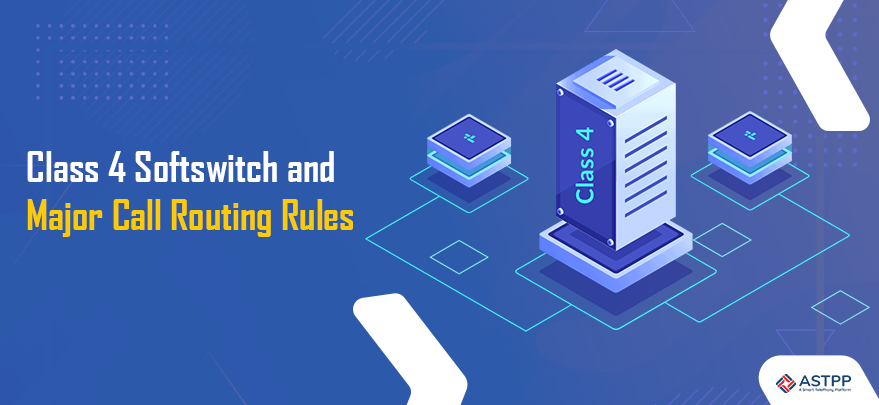The VoIP industry has many solutions to offer to benefit different industry verticals. From ITSPs (Internet Telephony Service Provider) to wholesale and retail VoIP businesses, small offices, home offices, and even end users use one or more VoIP solutions. One of the most popular VoIP solutions is a class 4 Softswitch solution.
The class 4 Softswitch solution keeps the VoIP network running as it handles massive call volume and routes it from source to destination. It usually routes long distance calls in a massive quantity. Thus, it is also known as a wholesale Softswitch solution.
The major application of this VoIP solution is to route the call from source to destination. The wholesale VoIP service providers use a class 4 Softswitch solution to provide long distance calling services. The major model of a wholesale VoIP business is dependent on call routing. It means the wholesale VoIP service providers charge customers based on the call routing method used to route the long distance call to the customer. Therefore, the wholesale VoIP service providers need to have multiple call routing rules.
Some of the major and competitive call routing rules that a class 4 Softswitch solution for wholesale VoIP service providers must have are briefly explained below:
1. Hybrid call routing
Not all class 4 Softswitch solutions offer this call routing rule. You will find it only in the smart VoIP software, which is ASTPP. As the name suggests, this call routing strategy blends two different call routing rules in one. The two call routing strategies used in hybrid call routing are cross routing and least cost routing. This call routing rule can give a competitive edge to the wholesale VoIP service provider.
Understand the Critical Call Routing Rules Every Class 4 Softswitch User Needs!
2. Least cost routing
One of the most widely used and popular call routing strategies is least cost routing (LCR). As the name suggests, when the LCR strategy is used, the class 4 Softswitch solution will select the call routing route, which is the cheapest possible. VoIP service providers often use it to offer cheap long-distance calling services to end users.
3. Priority based call routing
This is another popular call routing strategy in wholesale VoIP businesses. Depending on the package and other factors, the service providers assign the priority to calls of customers for routing. The high priority customers get faster call routing service. Businesses often use the priority based call routing strategy because they require priority and quality services.
4. Lossless call routing
This is another call routing strategy that gives a competitive advantage. The VoIP service providers can choose to provide cheaper services to some customers even if it causes loss to the provider. But, it helps them achieve other competitive advantages.
Conclusion
The call routing rules are important in a wholesale VoIP business. The class 4 Softswitch solution offered by ASTPP has all call routing strategies mentioned here and some more to provide value added features and competitive advantages to wholesale VoIP businesses. To know more about these call routing strategies and other features available in the class 4 Softswitch solution, contact us.





